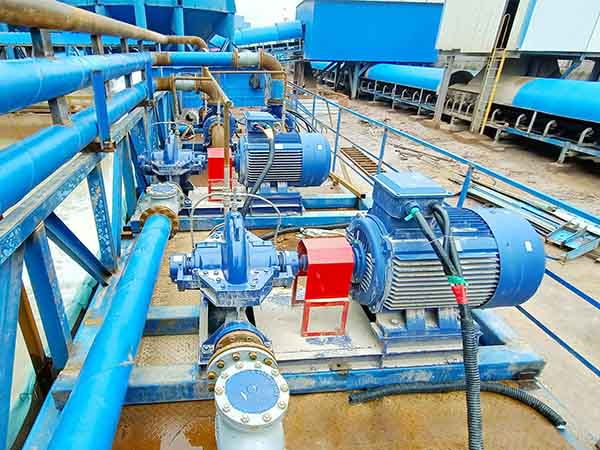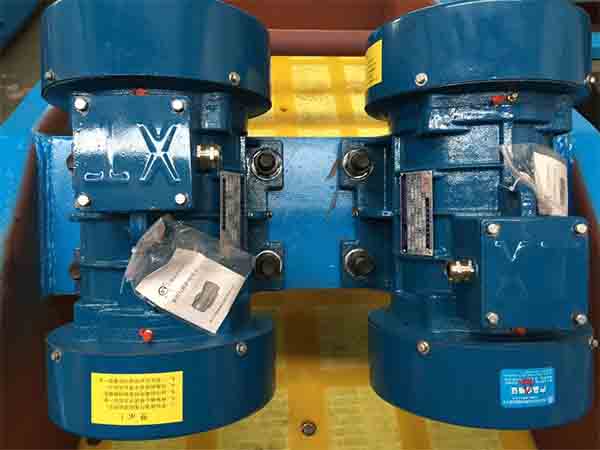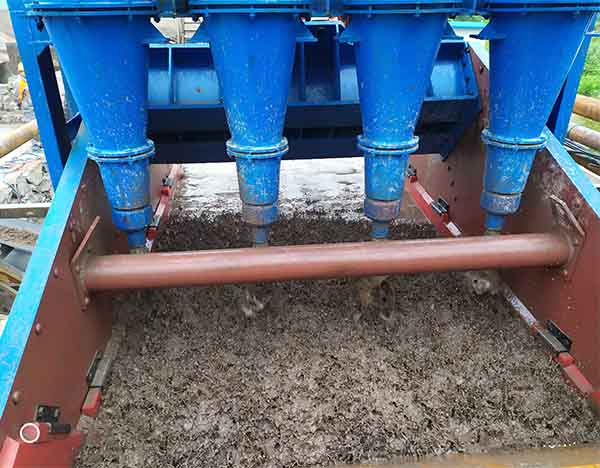Projects
-

- Sand washing machine with hydrocyclone for sale
The cyclone technology is adopted...
-

- How to choose vibrating screen panels ?
The application of vibrating screens...
-

- The Sand Pump Types
The sand pump is a device that increases the energy...
-

- What Is The Reason For The Broken Shaft Of The Motor?
The function of the vibrating motor is to...
What Is Hydrocyclone Separator?
Date: 2021-08-27 From: Longding Author: admin
The hydrocyclone separator is a solid-liquid mixture classification equipment widely used in mining, petroleum, environmental protection, chemical, and other industries. The hydrocyclone separators are usually used in conjunction with the ball mill in the mine to form a grinding-grading closed-circuit circulation system. Because of the great and stable classification effect, simple structure, no moving parts, energy-saving, cyclones are widely used in many industries.
The basic structure of the cyclone
A cylindrical body in the upper part, a cone-shaped cavity in the lower part, a feed nozzle, an overflow outlet, and a sand settling port.
The characteristic
The inside of the cyclone is a hollow cavity structure, and the upper end of the hollow cavity inside the main body is fixed with a separating cover. An overflow port is fixed at the sidewall of the separation cover, and the overflow port extends through the body to the body. A feeding port is fixed at the upper end of the side part of the main body in the involute or tangential direction, and the small end face of the equal diameter cone of the main body is connected with a sand discharge device.
Working principle of hydrocyclone separator
The suspension enters the hydrocyclone along the tangential direction from the feed pipe at a higher speed. Due to the restriction of the outer cylinder wall, the liquid is forced to make a top-down rotational movement, which is usually called external swirling or descending swirling movement. The solid particles are subjected to centrifugal force, and the density is greater than the density of the surrounding liquid. The greater the centrifugal force, the greater the liquid resistance caused by the movement. The solid particles will overcome this resistance and move toward the wall, separating from the suspension. The particles reaching the vicinity of the vessel wall are pushed by the continuous liquid and move downward along the vessel wall. When they reach the vicinity of the underflow orifice, they gather into a thickened suspension and are discharged from the underflow orifice.
The liquid separated and purified by the cyclone continues to move downward into the conical section. As the inner diameter of the hydrocyclone gradually shrinks, the liquid rotation speed increases. Due to the uneven pressure distribution along the radial direction when the liquid produces vortex motion, the closer it is to the axis, the smaller it is. When it reaches the axis, it approaches zero and becomes a low-pressure area or even a vacuum area, causing the liquid to move in the direction of the axis. At the same time, since the bottom outflow port of the cyclone is greatly reduced, the liquid cannot be quickly discharged from the bottom outflow port. The overflow port in the center of the top cover of the swirl chamber, because it is in the low-pressure zone, causes a part of the liquid to move to it, thus forming an upward rotational movement and is discharged from the overflow port.
Leave a Message
Here you can submit any questions and we will get back to you as soon as possible. We will not disclose the information you submit to anyone, please rest assured.



Inquiry